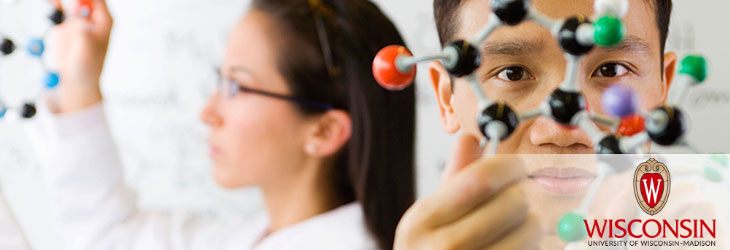Drug Discovery & Development

Blood-Brain Barrier Model
WARF: P06318US02
Inventors: Eric Shusta, Clive Svendsen, Christian Weidenfeller
The Wisconsin Alumni Research Foundation (WARF) is seeking commercial partners interested in developing a simpler, more reproducible in vitro model of the blood-brain barrier for drug screening.
Overview
Accurately reproducing the blood-brain barrier in an in vitro setting has been a longstanding challenge. Current methods require the independent isolation of multiple cell types, and the quality of these preparations varies.
The Invention
UW–Madison researchers have developed a simpler, more reproducible in vitro model of the blood-brain barrier. Most existing models include primary brain microvasculature endothelial cells (BMECs), which form the blood-brain barrier in vivo, and the corresponding primary astrocytes, which affect the barrier. The improved model consists of primary BMECs on a permeable membrane support. Embryonic neural progenitor cells (NPCs), which can be stimulated to differentiate into each of the major brain lineages that help govern the blood-brain barrier, are co-cultured with the BMECs.
Adding differentiating NPCs to the BMEC model results in more realistic and in vivo-like properties, including increased trans-endothelial electrical resistance, reduced permeability and rearranged tight junctions. Alternatively, NPCs that have differentiated into a mixture of astrocytes, neurons and oligodendrocytes can be co-cultured with the BMECs to “tune” the model for specific applications.
Adding differentiating NPCs to the BMEC model results in more realistic and in vivo-like properties, including increased trans-endothelial electrical resistance, reduced permeability and rearranged tight junctions. Alternatively, NPCs that have differentiated into a mixture of astrocytes, neurons and oligodendrocytes can be co-cultured with the BMECs to “tune” the model for specific applications.
Applications
- Drug screening
Key Benefits
- More accurately predicts in vivo behavior than current models, including astrocyte co-culture
- Less labor intensive than current models
- Reproducible and reliable
- Because embryonic NPCs are easily isolated and expand rapidly, a large, relatively homogeneous cell stock can be obtained.
- NPCs survive cryopreservation, making possible multiple uses of the same NPC stock over a long period of time.
- The relative percentages of neurons and astrocytes differentiated from NPCs can be controlled to create designer mixtures of brain cells that can be co-cultured with the BMECs.
Additional Information
For More Information About the Inventors
Tech Fields
For current licensing status, please contact Jennifer Gottwald at [javascript protected email address] or 608-960-9854